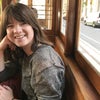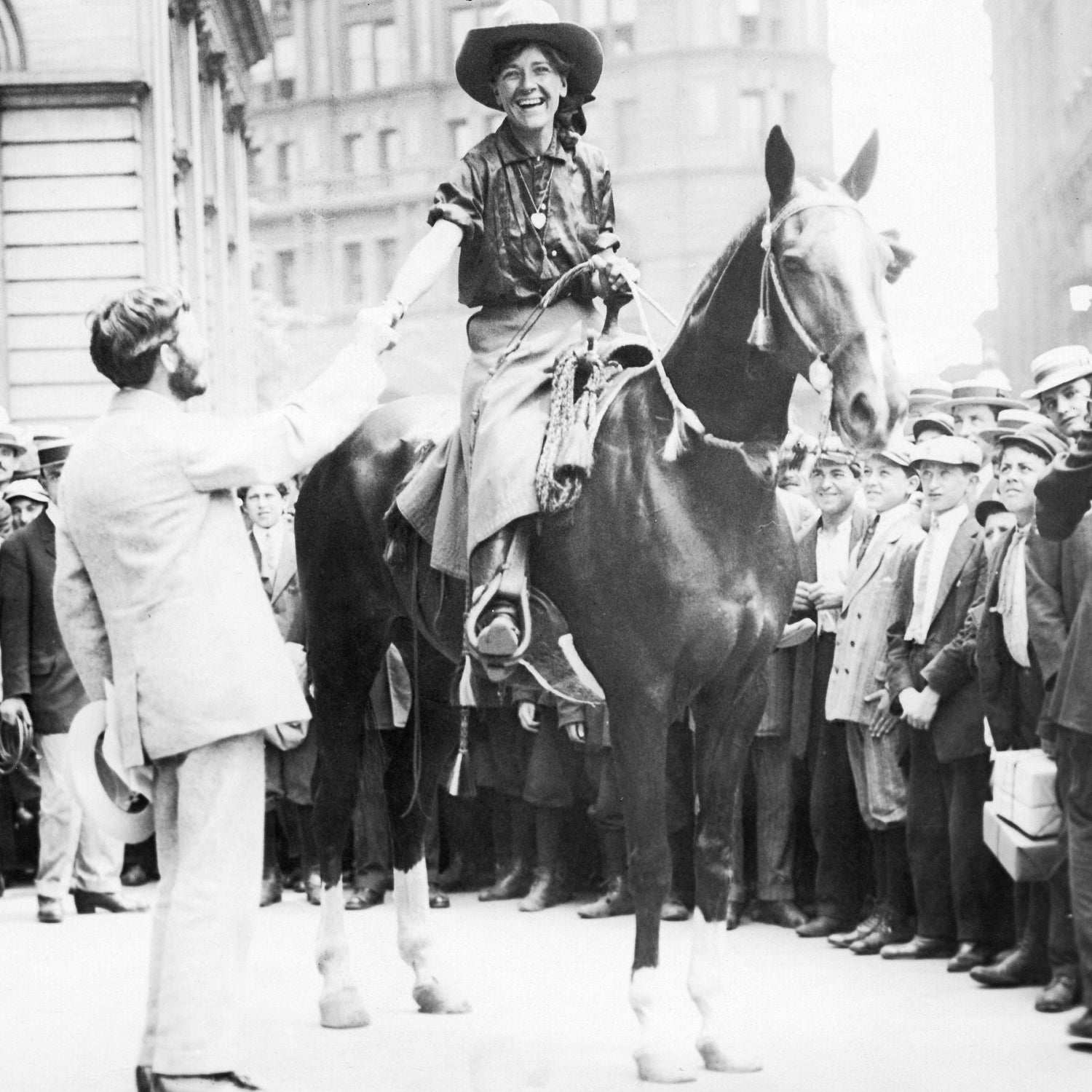Growing up, Molly Schiot’s favorite sports movies included Point Break, Hoop Dreams, The Karate Kid, and Rocky. That’s an awful lot of male protagonists. Many years later, Schiot has one focus: bringing to light all the stories of real-life female heroes she never heard about as a kid.
Her efforts started with a running Instagram account, , that featured vintage photos of badass female athletes. On October 18, she released . The photo book celebrates women who trail blazed in the sports world—from baseball to mountaineering, journalism to Title IX. We read it, realized it was much more than a coffee-table read, and loved it so much that we called up the Los Angeles-based filmmaker.
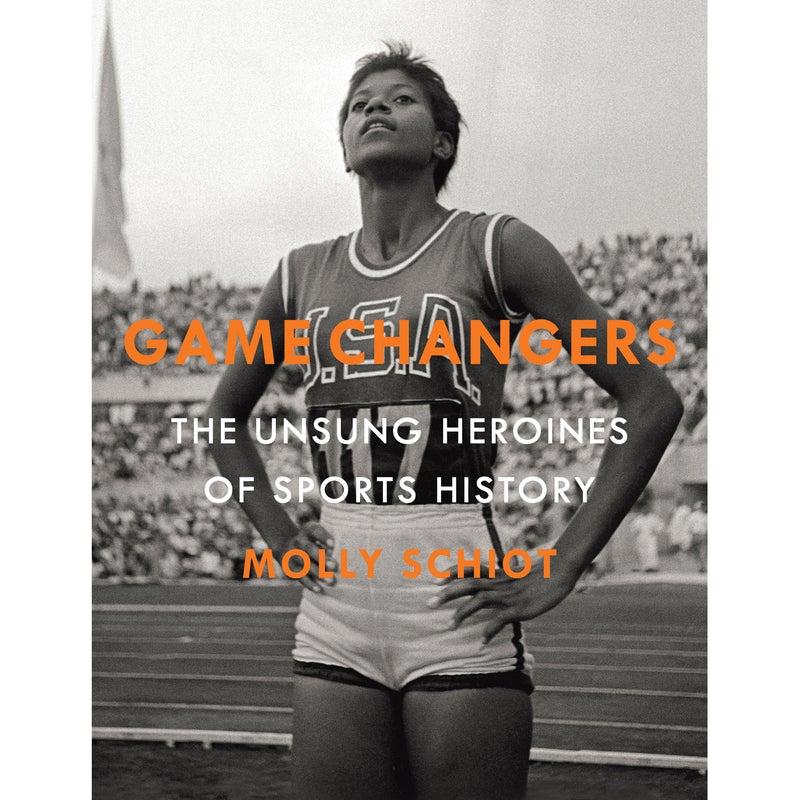
OUTSIDE: What was the impetus for this project?
SCHIOT: I started becoming really interested in all these documentaries on my Apple TV that were about men in sports, or I guess that’s what the theme was—lots of male protagonists. I kept thinking to myself. Why aren’t there any stories about women?
I started trying to pitch women’s stories to a large sports network for a documentary, and they kept getting turned down. It was one of those things—it’s not making sense that whenever I pitch a story on a woman it gets turned down, but these stories about, like, a 1972 football team are so insipid and dry. Who cares? These women are fighting these huge battles—cultural, racial, political.
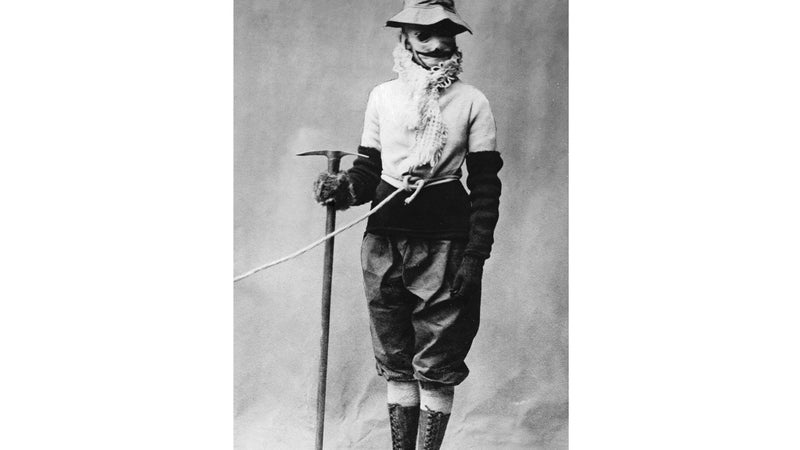
Where did you find all the women you wrote about?
I started going to the library and to , which is the biggest sports library [in North America], looking for more stories. It was just out of frustration that these stories weren’t being told. I felt an obligation to pull them from the archive and put them on a modern soapbox.
There was this magazine called womenSports—Billie Jean King was the editor and one of the creators. It was an incredible magazine with all these fascinating stories about women’s sports, about the trials and tribulations they faced. The magazine ended up folding [in 2000], and I was looking at what must have been hundreds of thousands of stories that no one would ever know about. It just makes you think about all those stories about women in math, science, medicine, politics, that we haven’t really seen. I kept asking, Are we not meant to be seen? Are our stories not meant to be shared?
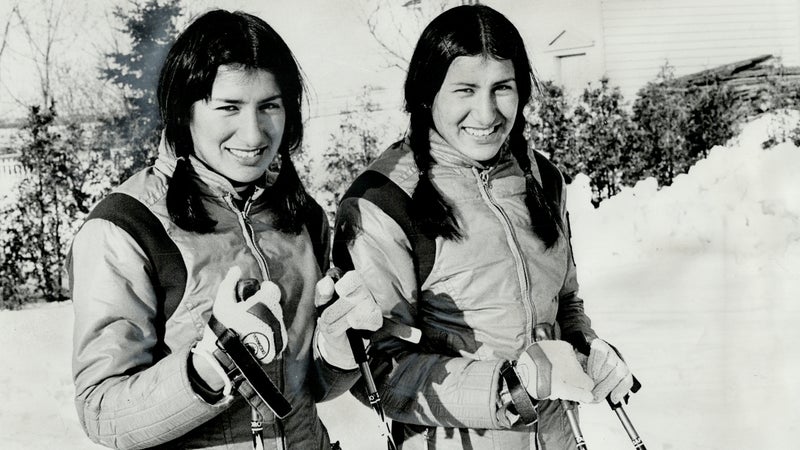
Why are all these stories collecting dust?
You just have to ask, Who’s creating and greenlighting this content? When you’re talking about [who's making] these documentaries about sports—it’s usually men who are usually white. They look for people like them. They often hire directors and editors who look like them, who often have similar interests.
I wanted to prove to all of these people who are responsible for creating content: Hey, these stories have always been there, they’re just not being told. Here are 150 of them. Tell one of them. Also, you’re probably not going to tell them, so I’m going to make it happen.
Did any particular stories resonate with you?
One was Bernice Garrah [the first female umpire in professional baseball]. She went to umpire school in the sixties, in Florida, and the guys did everything they could to drive her away—spit tobacco on her shoes, swore at her, threw beer bottles at her dorm room, treated her like shit. On her first game, one of the umpires refused to share a signal with her. It was basically him not acknowledging her presence. How could she do her job if no one’s communicating with her? So she quit. I couldn’t find articles on the incident that didn’t say things like: “Bernice Couldn’t Handle the Heat!” or “Bernice Didn’t Have Balls!”
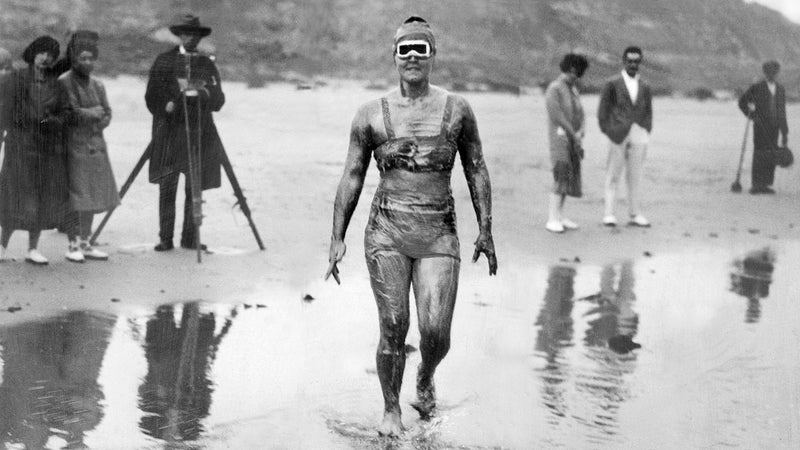
It’s clear that you’re not just reporting on these stories. You’re such a fan of these women.
I feel like it’s the first time in my life I could go back and say, “You know what, my heroes are Violet Palmer, Kim Green, Kitty O’Neil.” Maybe, inadvertently, I was really searching for the heroes that I should have had when I was a kid. I definitely have them now.
Everyone in your book was a pioneer in some way and most had very little support. What did you learn about their attitudes and motivations?
At the time, all the women just wanted to do what they wanted to do, which was enjoy themselves or play the game or be comfortable doing what they wanted to do. Sometimes I really wonder if they knew what they were doing. That they were opening up huge historical steps that were paving the way for so many women. I know it sounds cliché, but I wonder if they had any idea that people would start sharing their stories.
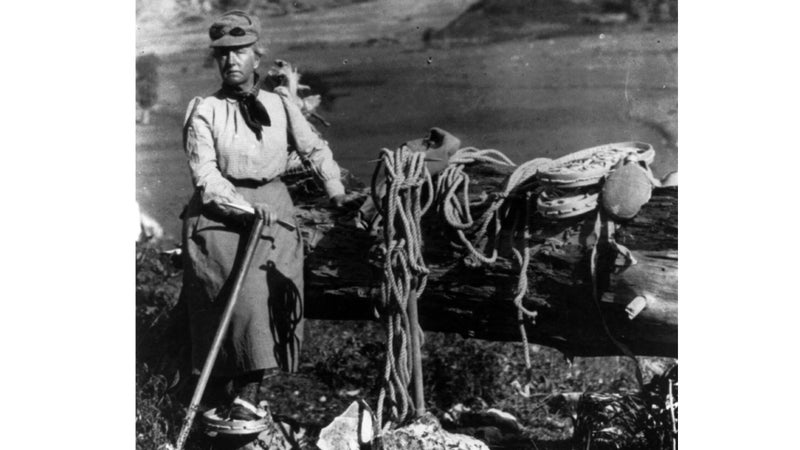
What else do you want to see happen now?
The pipe dream is for me to be able to use this book as a jumping-off point to create my own documentary series about some of these women. People should know their names.

